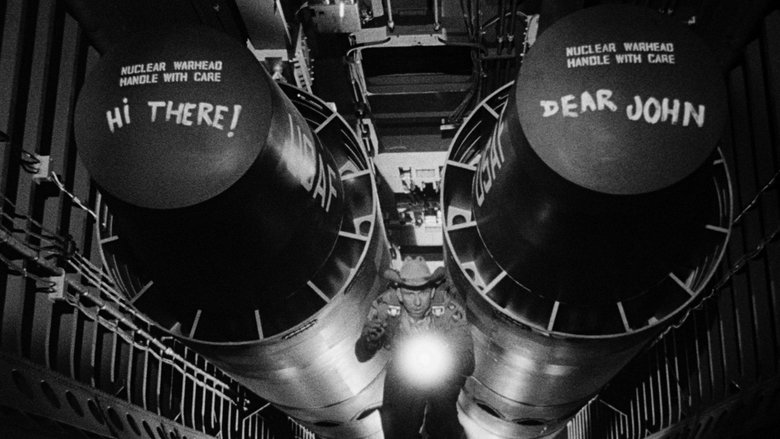Movies that show the terrifying possibility of world war 3
Explore cinematic visions of global conflict and nuclear brinkmanship. These films delve into the chilling possibilities of a third world war.



The specter of global annihilation, particularly during the Cold War, cast a long shadow over the 20th century, and cinema was quick to reflect this deep-seated anxiety. Films depicting World War 3 scenarios range from stark, docu-drama realism to darkly satirical comedies and tense political thrillers.
Early nuclear war films like those from the 1960s often explored themes of accidental escalation, communication breakdown, and the terrifying finality of nuclear exchange. Later entries branched out to encompass invasion scenarios, technological mishaps, and the devastating aftermath of conflict, sometimes even blending sci-fi elements. This genre serves as a powerful reminder of the fragile nature of peace and the catastrophic potential of modern warfare, often holding a mirror to the geopolitical tensions of the time they were made. They are not just action films; many are poignant, terrifying, or thought-provoking explorations of human nature under unimaginable pressure.
14. The Day the Earth Stood Still (1951)
A landmark science fiction film from 1951, 'The Day the Earth Stood Still' arrived during the early years of the Cold War and served as a clear allegory for the dangers of humanity's aggressive tendencies, particularly the development of nuclear weapons. An alien messenger, Klaatu, arrives on Earth with his powerful robot Gort to deliver a simple message: cease your destructive ways, or face annihilation by other civilizations.
The film is less about the war itself and more about the warning to humanity. It's a thought-provoking story that advocates for peace and understanding in a time of escalating global tension. Its iconic phrase, "Klaatu barada nikto," has become a staple in pop culture.
Historical context: The film's message of disarmament and global cooperation was a direct response to the fears of the atomic age, making it highly relevant to the anxieties that would later fuel WWIII scenarios in fiction.
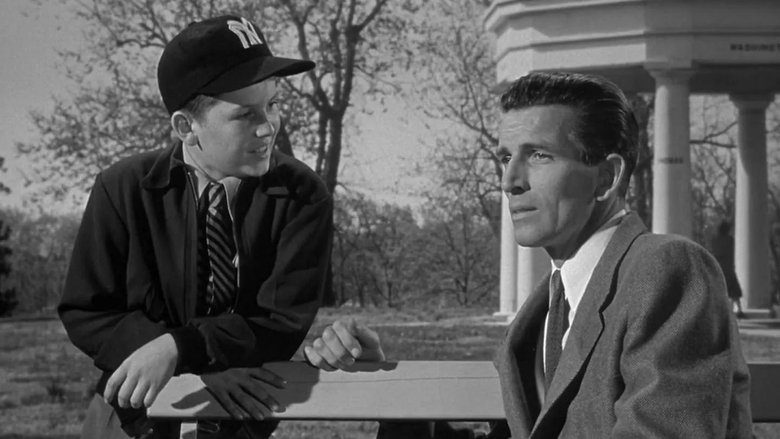
13. War of the Worlds (2005)
Steven Spielberg's 2005 adaptation of H.G. Wells' classic novel 'War of the Worlds' presents a global invasion scenario, though the combatants are extraterrestrial rather than human nations. Tom Cruise stars as an ordinary dockworker trying to protect his children and survive as colossal alien 'Tripods' emerge and begin devastating the planet.
While not about human-on-human WWIII, the film taps into the fear of an overwhelming, existential threat that unites (or perhaps shatters) humanity in the face of a common enemy. It's a visceral, terrifying disaster film that captures the chaos and helplessness of a world under attack.
A different take: Spielberg's version updated the story from Wells' Victorian setting to modern-day America, using advanced special effects to realize the terrifying scale of the alien assault.

12. Tomorrow, When the War Began (2010)
Based on the popular Australian young adult novel, 'Tomorrow, When the War Began' tells the story of a group of teenagers who return from a camping trip to find their country has been invaded by a foreign power. Their town is occupied, their families are gone, and they are forced to become resistance fighters.
The film is set in the context of a larger global conflict, although the specifics are initially unclear, focusing on the immediate impact of invasion on a small community. It's an action-adventure story about survival, courage, and the difficult choices young people face when their world is turned upside down by war.
Success story: The film was a significant box office success in Australia and led to a television series adaptation, though planned film sequels did not materialize.

11. The Siege (1998)
'The Siege', directed by Edward Zwick, is a 1998 thriller that explores the consequences of terrorist attacks in New York City. Denzel Washington plays an FBI agent investigating the bombings, which lead to the US government declaring martial law and the military, led by a general played by Bruce Willis, taking control of the city.
While not a direct depiction of WWIII, the film deals with the escalation of conflict stemming from global tensions and terrorism, and the controversial measures governments might take in response. It raises questions about civil liberties versus national security in times of crisis.
Controversy: The film drew criticism from some Arab and Muslim groups for its portrayal of Arab terrorists, while others defended it as a critique of government overreach.

10. The Peacemaker (1997)
'The Peacemaker' is a 1997 action-thriller starring George Clooney and Nicole Kidman. Clooney plays a US Army Intelligence officer and Kidman a nuclear expert, who team up to track down stolen Russian nuclear warheads before they can be used by terrorists.
The film touches on the dangers of unsecured nuclear materials in the post-Soviet era and the potential for rogue elements to acquire weapons of mass destruction. It depicts the global hunt to prevent a catastrophe that could easily escalate into a wider international conflict.
Real-world connection: The movie was the first film produced by DreamWorks Pictures and was inspired by the real-life concerns surrounding the security of nuclear weapons after the collapse of the Soviet Union.

9. The Sum of All Fears (2002)
Set in the post-Cold War era, 'The Sum of All Fears' brings the threat of nuclear conflict into the 21st century, this time driven by terrorism. Ben Affleck plays a younger Jack Ryan who must race against time to prevent a neo-Nazi group from detonating a nuclear bomb in a major US city and triggering a full-scale war between the US and Russia, who are manipulated into believing the other is responsible.
The film explores themes of intelligence failures, political miscalculation, and the terrifying ease with which a global conflict could be ignited in a world still bristling with nuclear weapons. It updates the Tom Clancy formula for a new geopolitical landscape.
A change in continuity: This movie is a reboot of the Jack Ryan film series, presenting a younger version of the character and not following the timeline of the previous films.

8. The Hunt for Red October (1990)
Based on the Tom Clancy novel, 'The Hunt for Red October' is a thrilling submarine espionage story set during the Cold War. Sean Connery stars as Captain Marko Ramius, a Soviet submarine commander who goes rogue with the USSR's newest, most advanced submarine, the Red October. The US and Soviet navies both hunt him, unsure if he intends to defect or launch an attack.
Directed by John McTiernan, this film excels at building tension in confined spaces and features a complex plot involving naval strategy and political intrigue. It captures the high-stakes atmosphere of the Cold War without depicting outright global warfare, focusing instead on the potential for a single incident to spark a wider conflict.
An interesting casting note: Alec Baldwin's portrayal of Jack Ryan here was the first time the character appeared on screen, setting the stage for future adaptations.
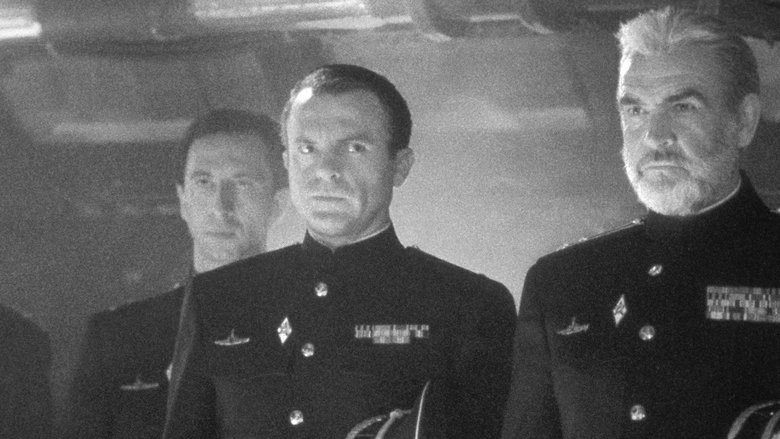
7. Red Dawn (1984)
'Red Dawn' is a quintessential 1980s action film that presented a Cold War nightmare scenario: a surprise invasion of the United States by Soviet and Cuban forces. A group of high school students in a small Colorado town escape into the mountains and form a guerrilla resistance group, calling themselves the 'Wolverines'.
While not a deep dive into the politics of WWIII, it's an action-packed and often intense depiction of occupation and civilian resistance. It tapped into contemporary anxieties about the Soviet Union and the possibility of conflict spilling onto American soil.
A notable debut: This film marked the acting debut of Jennifer Grey and featured a young cast including Patrick Swayze, C. Thomas Howell, Lea Thompson, and Charlie Sheen, who would all go on to significant careers.
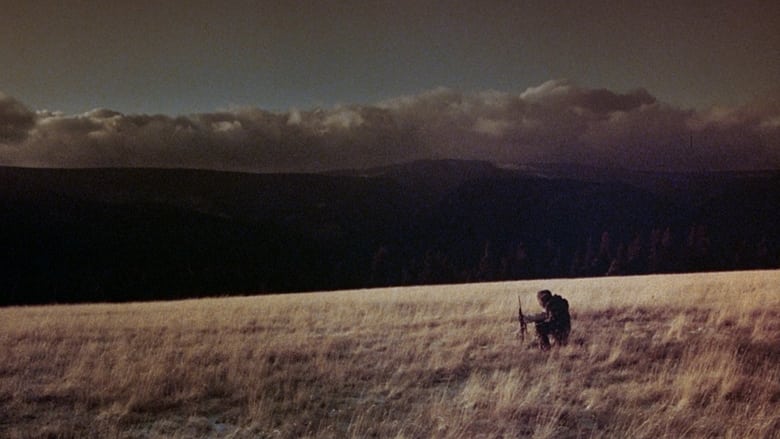
6. WarGames (1983)
'WarGames' is a classic 1983 sci-fi thriller that tapped into public fears about both nuclear war and the burgeoning computer age. Matthew Broderick stars as a young hacker who unknowingly connects to a military supercomputer programmed to predict potential outcomes of nuclear war. He mistakes its simulations for a game, nearly triggering World War III.
The film raises timely questions about the dangers of artificial intelligence, the reliance on technology for critical decisions, and the terrifying logic of mutually assured destruction. It's suspenseful and thought-provoking, with a surprisingly optimistic, yet cautionary, message at its core.
Fun Fact: The concept of 'thermonuclear war' being a game with no winners resonated so much that it is said to have influenced President Ronald Reagan's thinking on nuclear weapons policy.

5. The War Game (1966)
This 1966 British docudrama, produced by the BBC, is a stark and deeply unsettling look at a hypothetical nuclear attack on a small town in Kent. Directed by Peter Watkins, it uses a pseudo-documentary style, complete with voice-over narration and interviews, to depict the terrifying lack of preparation and the horrific consequences for the civilian population.
'The War Game' was deemed too disturbing for television broadcast by the BBC and was subsequently banned for two decades, only receiving a theatrical release. Its raw, unflinching depiction of panic, injury, and the breakdown of order felt incredibly real and challenging for its time.
Recognition: Despite the ban, it won the Academy Award for Best Documentary Feature in 1967, highlighting its power and importance as a warning against nuclear conflict.

4. Fail Safe (1964)
Released in the same year as 'Dr. Strangelove' but taking a completely opposite tone, 'Fail Safe' is a tense, realistic thriller about accidental nuclear war. Directed by Sidney Lumet, it tells the story of a technical malfunction that sends a group of American bombers past their fail-safe point, heading towards Moscow with no way to recall them.
What follows is a nail-biting diplomatic crisis as the US President (played by Henry Fonda) tries desperately to avert total annihilation, including considering a horrifying sacrifice. The film's power comes from its grounded, procedural approach and lack of a musical score during crucial scenes, amplifying the unbearable tension.
A fascinating contrast: While 'Strangelove' laughs at the absurdity, 'Fail Safe' plays the scenario dead seriously, making it a chillingly effective companion piece about the razor's edge of nuclear brinkmanship.
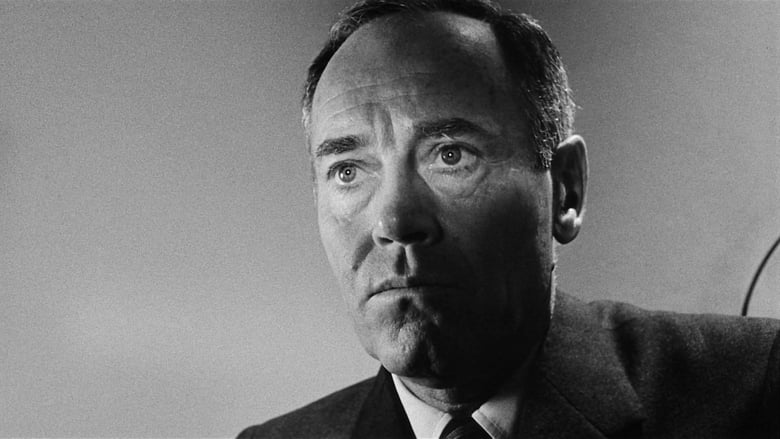
3. The Day After (1983)
'The Day After', a 1983 ABC television film, had a profound cultural impact in the United States and beyond. It depicts a fictional nuclear attack on the heartland, specifically Lawrence, Kansas, and the devastating aftermath experienced by the residents.
Despite being made for television, it didn't shy away from the horror, portraying mass casualties, societal breakdown, and the struggle for survival in a radioactive landscape. Its graphic nature sparked significant public debate about nuclear war and is credited by some historians as influencing political discussions at the time.
An interesting tidbit: The broadcast was followed by a live panel discussion featuring figures like Henry Kissinger and Carl Sagan, highlighting the seriousness with which the film's themes were treated. It's a powerful, albeit grim, look at the potential cost of global conflict.
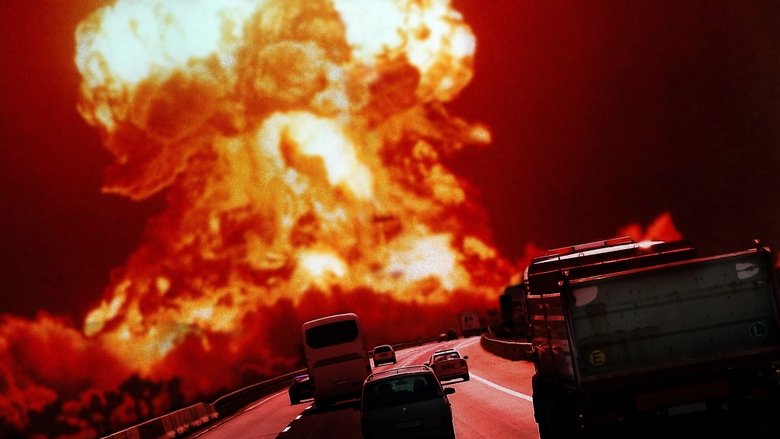
2. Threads (1984)
Often cited as one of the most disturbing and realistic depictions of nuclear war ever made, 'Threads' is not for the faint of heart. This 1984 British television film meticulously details the devastating impact of a nuclear attack on the city of Sheffield, following the lives of ordinary people before, during, and years after the bombs fall.
Unlike many fictional portrayals, 'Threads' doesn't flinch from showing the collapse of society, the long-term effects of radiation sickness, and the descent into a post-apocalyptic dark age. It was commissioned by the BBC to simulate the likely consequences of nuclear war in the UK.
A chilling detail: The film consulted with scientists, doctors, and sociologists to ensure its accuracy, making its bleak vision terrifyingly plausible. It's a powerful, important, and utterly harrowing experience that serves as a stark warning.

1. Dr. Strangelove or: How I Learned to Stop Worrying and Love the Bomb (1964)
Stanley Kubrick's pitch-black satire on the Cold War and the absurdity of nuclear war is a masterpiece of dark comedy. Released in 1964, at the height of real-world tension, its audacious humor about mutually assured destruction felt both shocking and cathartic.
The film features Peter Sellers in three incredible roles, including the titular Dr. Strangelove, a former Nazi scientist whose uncontrollable arm movements are just one of the film's many bizarre and brilliant touches. George C. Scott is equally fantastic as the hawkish General Turgidson.
Did you know? Sellers improvised much of his dialogue, particularly as Dr. Strangelove, and initially was meant to play a fourth role as Major T.J. "King" Kong, but a sprained ankle prevented him from filming in the B-52 cockpit set, leading Slim Pickens to take on the iconic part. This movie remains tragically relevant and uproariously funny, a must-watch.
